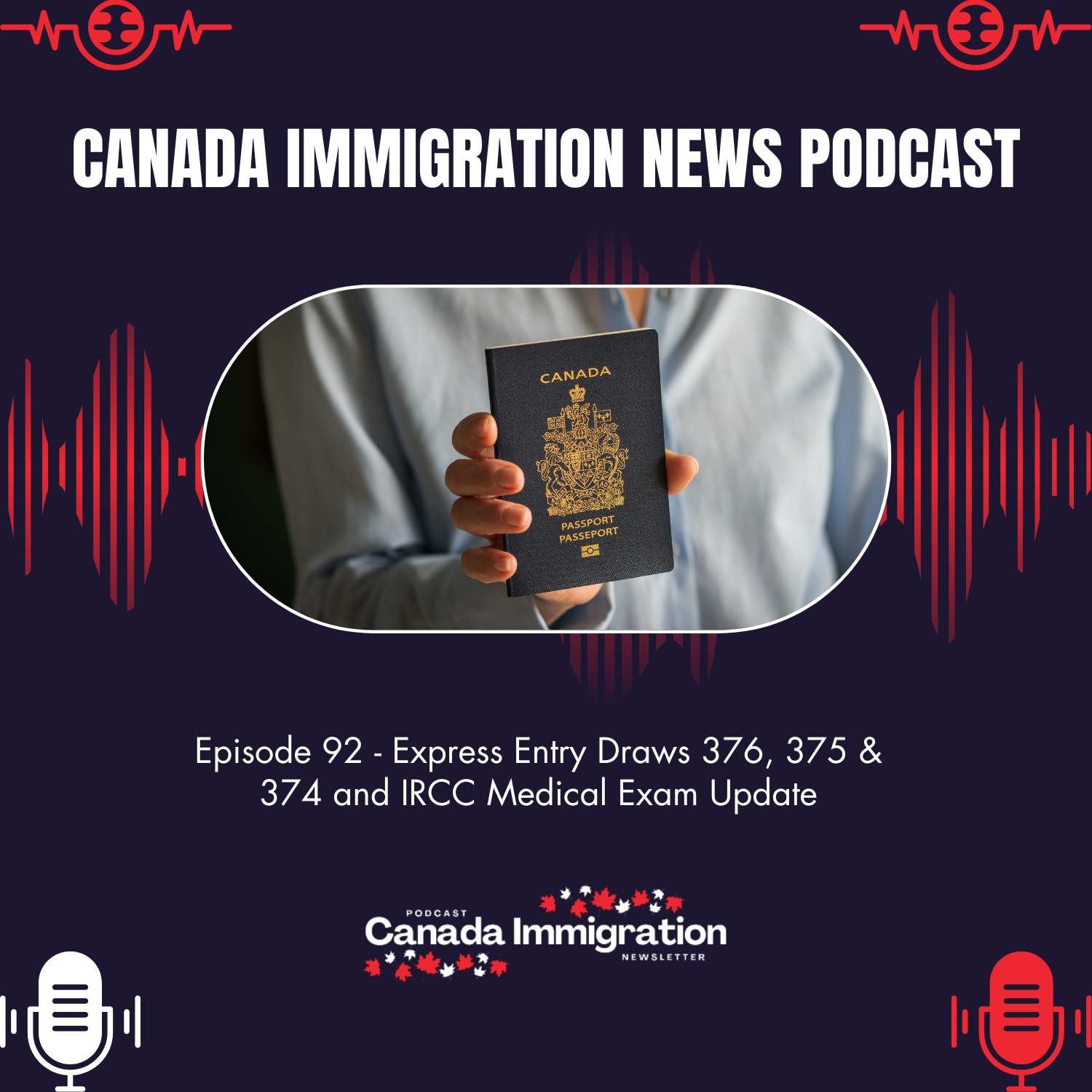Immigration Announcement
IRCC Reports 2.2 Million Immigration Applications in Inventory

Canada’s immigration system continues to experience heavy demand, with Immigration, Refugees and Citizenship Canada (IRCC) reporting an inventory of 2,199,400 pending applications across all categories, including permanent residence, temporary residence, and citizenship.
The new update offers a clearer look at how the backlog is distributed and what progress is being made toward restoring normal processing times. Despite the ongoing challenge, IRCC has reaffirmed its commitment to improving service standards and delivering faster outcomes for applicants who wish to study, work, visit, or settle permanently in Canada.
This update reflects both the global popularity of Canada as an immigration destination and the government’s effort to balance efficiency with security and fairness.
Breakdown of the Current IRCC Application Inventory
As of the latest data, the 2.2 million active files include applications from multiple streams under Canada’s immigration system. Here’s how the inventory is divided and what it means for applicants:
| Category | Within Service Standards | Backlog Percentage |
| Temporary Residence (visit, study, work) | 58% | 42% |
| Permanent Residence | 48% | 52% |
| Citizenship | 50% | 50% |
Overall, 56.4% of all applications are being processed within standard timelines, while 43.6% remain in backlog, a figure IRCC continues to work on reducing through digital reforms, new hires, and global processing expansion.
Understanding the Backlog: Why Delays Still Exist
While the government has made considerable progress in modernizing its immigration processing systems, several factors continue to influence the backlog levels in 2025:
- High Global Demand for Canadian Immigration – Record interest from skilled professionals, students, and families has led to unprecedented application volumes.
- Policy Adjustments – New programs and category-based draws under Express Entry have redirected workloads toward targeted occupations, impacting average timelines.
- Security and Verification Standards – Enhanced screening measures for identity, education, and work verification add time but ensure integrity in the process.
- Visa Office Distribution – Regional imbalances across global visa offices can create differences in how fast certain files move.
Despite these challenges, IRCC continues to prioritise processing efficiency and aims to achieve 80% compliance with service standards across all immigration categories.
Permanent Residence Applications: 52% Still Exceed Timelines
Permanent residence remains the most affected category, with over half (52%) of PR applications exceeding the standard processing timelines. This includes major programs such as:
- Express Entry (CEC, FSWP, FSTP)
- Provincial Nominee Programs (PNPs)
- Family Sponsorships
- Refugee and Humanitarian Pathways
IRCC is working toward faster processing by expanding digital systems, streamlining medical exam procedures, and introducing category-based draws to manage intake more strategically. Applicants are encouraged to maintain up-to-date documentation and respond promptly to IRCC correspondence to avoid further delays.
Temporary Residence: 42% of Files Still in Backlog
Temporary residence applications covering study permits, work permits, and visitor visas continue to see elevated demand, especially from international students and skilled workers. IRCC reports that 42% of temporary residence applications remain in backlog. The department has rolled out new processing technologies and regional capacity enhancements to improve efficiency.
To speed up decisions, IRCC has also:
- Implemented AI-assisted file triage systems for low-risk applications.
- Expanded visa processing centres in Asia and Africa.
- Reduced manual document checks for verified education and employer databases.
These measures are expected to gradually reduce wait times for students, workers, and visitors applying to Canada in 2025.
Citizenship Applications: 50% Outside Standard Timelines
Citizenship processing remains evenly split, with half of all cases falling outside normal timelines. This is largely due to pandemic-era backlogs, security verifications, and an increase in online applications since IRCC transitioned to digital citizenship tests and virtual oath ceremonies.
To address the backlog, IRCC has introduced:
- Faster e-certificates of citizenship.
- Simplified document upload portals.
- Prioritization of applications nearing final decision.
The department expects citizenship processing times to gradually stabilize throughout 2026.
IRCC’s Plan to Improve Processing Efficiency
IRCC’s ultimate goal is to achieve 80% processing compliance within service standards — meaning that 8 out of 10 applications should be finalized on time.
The following actions are part of this improvement plan:
- Hiring additional staff across processing centers.
- Modernizing Global Case Management Systems (GCMS) for digital-first workflows.
- Redistributing applications to visa offices with greater capacity.
- Leveraging advanced analytics to prioritize urgent and low-complexity cases.
Canada’s immigration system continues to adapt to both domestic workforce demands and global migration trends, ensuring the country remains open to talent while maintaining fair and transparent processing.
What Applicants Can Do to Avoid Delays?
If your application has been affected by processing delays, IRCC recommends the following:
- Submit a complete application with all required documents from the start.
- Avoid duplication — multiple submissions for the same category can slow down reviews.
- Use the IRCC tracker to check real-time status updates.
- Respond immediately to document or biometric requests.
- Consider expedited options, such as Global Skills Strategy or intra-company transfers, if eligible.
Staying proactive and informed can make a significant difference in processing timelines.
Canada’s Continued Appeal Despite the Backlog
Despite the current backlog, Canada remains one of the world’s most trusted immigration destinations, admired for its transparent policies, inclusive culture, and strong job market. The 2025 immigration targets continue to support economic growth, family reunification, and humanitarian efforts. With consistent reforms underway, IRCC’s progress toward faster and fairer processing is expected to benefit both newcomers and employers nationwide.
IRCC Immigration Backlog Reflects Canada’s Global Demand
The IRCC immigration backlog of 2.2 million applications is a clear reflection of Canada’s position as a top global destination for immigrants, students, and professionals. While delays remain in several categories, the government’s modernization efforts are showing steady progress toward restoring service standard compliance and improving client experience.
Applicants are encouraged to stay updated on IRCC’s latest immigration news and policy changes through Canada Immigration News— your trusted source for expert insights, draw updates, and federal announcements that help you plan your next step toward a Canada PR or study permit.























